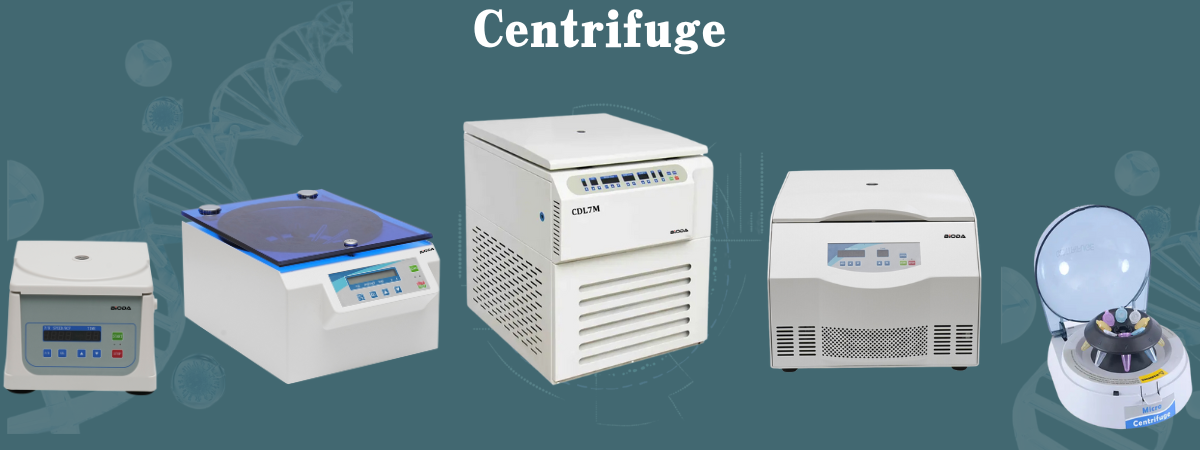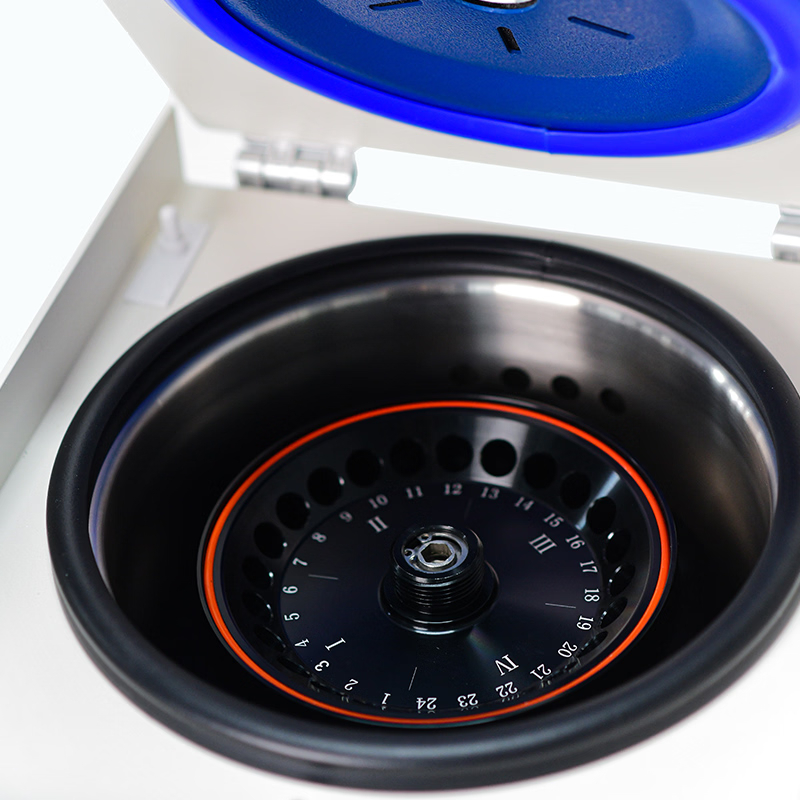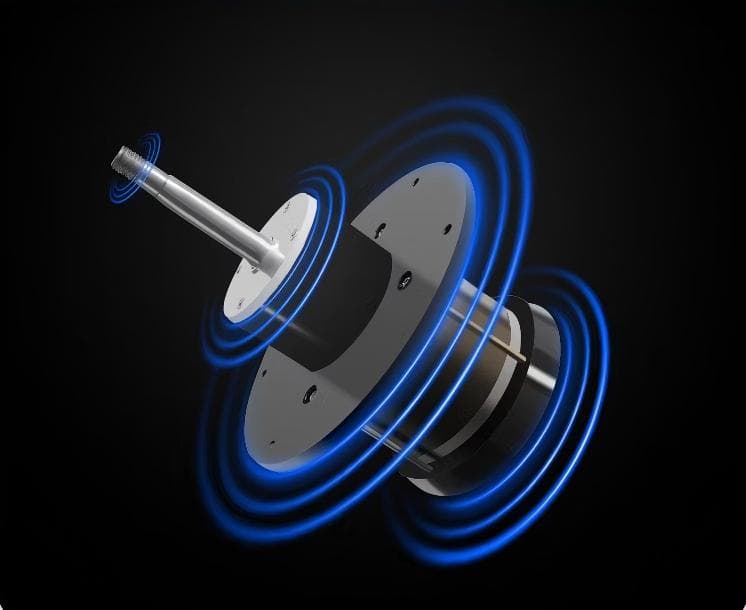
In the world of science and industry, few tools are as fundamental and versatile as the centrifuge. From groundbreaking medical research to routine clinical diagnostics and industrial processes, centrifuges play a pivotal role in separating the components of complex mixtures. But what exactly is a centrifuge, and why is it such an indispensable piece of equipment?
This article explores the core principles, diverse applications, and undeniable practicality of centrifuges.
What is a Centrifuge and How Does It Work?

At its heart, a centrifuge is a device that uses centrifugal force to separate substances of different densities. Imagine spinning a bucket of water in a circle—the water is pushed to the bottom of the bucket and doesn't spill. A centrifuge applies this same principle on a much more powerful and controlled scale.
By rapidly rotating samples at high speeds, it generates a force thousands of times stronger than gravity. Denser particles are forced to the bottom of the tube (forming a pellet),
while less dense substances remain above as the supernatant. This simple yet powerful action is the key to a vast range of critical applications.
range of critical applications.
Key Applications: The Multifaceted Uses of a Centrifuge
The practicality of a centrifuge is defined by its wide-ranging uses across various fields:
1. In Clinical and Medical Laboratories:
Blood Separation: This is one of the most common uses. Centrifuges separate whole blood into its components: red blood cells, white blood cells, platelets, and plasma.
This is essential for blood tests, transfusions, and disease diagnosis.
Urine Analysis: Separating solid particles from liquid urine allows for more accurate testing and detection of diseases.
Virus and Protein Isolation: Purifying viruses for vaccine development or isolating specific proteins for research.
2. In Biological and Biotechnological Research:
Cell Culture: Separating cells from the culture medium they are grown in.
Nucleic Acid Purification: Isolating DNA and RNA for genetic analysis, PCR, and sequencing—the backbone of modern molecular biology.
Organelle Separation: Isolating specific cell components like mitochondria, nuclei, or chloroplasts to study their function.
3. In Industrial and Chemical Settings:
Water Treatment: Separating solid sludge from treated water.
Food and Beverage Industry: Clarifying juices and wines, separating cream from milk, and processing edible oils.
Pharmaceuticals: Purifying drugs and separating chemical compounds during the manufacturing process.

The Unmatched Practicality of a Modern Centrifuge
Why has the centrifuge remained a lab staple for over a century? Its practicality stems from several key factors:
Efficiency and Speed: It accomplishes separations that would be impossible or take days by gravity alone in a matter of minutes or hours.
Versatility: With a wide range of rotors and adapters, a single centrifuge can process diverse sample types and sizes—from small microtubes to large bottles.
Precision and Reproducibility: Modern centrifuges offer precise control over speed, time, and temperature, ensuring consistent, reliable results that are critical for scientific integrity.
User Safety: Features like imbalance detection, automatic lid locks, and robust rotor containment systems make modern centrifuges exceptionally safe to operate.
Choosing the Right Centrifuge for Your Needs
Centrifuges come in various types, each designed for specific tasks:
Microcentrifuges: Ideal for small-volume samples in molecular biology (e.g., 0.2 mL to 2.0 mL tubes).
Benchtop Centrifuges: The workhorses of clinical and research labs, versatile for a broad range of tube sizes.
Refrigerated Centrifuges: Essential for temperature-sensitive samples, as they prevent degradation during the spin cycle.
Ultracentrifuges: Capable of extremely high speeds, they are used for sophisticated separations like lipoprotein profiling and virus purification.
Conclusion: An Investment in Progress
The centrifuge is far more than just a spinning machine. It is a fundamental enabling technology that drives progress in healthcare, scientific discovery, and industrial innovation.
Its ability to efficiently and reliably separate materials makes it an invaluable and practical tool for any laboratory or production facility.
Whether you are diagnosing an illness, developing a new drug, or ensuring product quality, the centrifuge is an essential partner in achieving clarity and precision.
Learn more about centrifuges:https://www.biodalab.com/list-550.html

